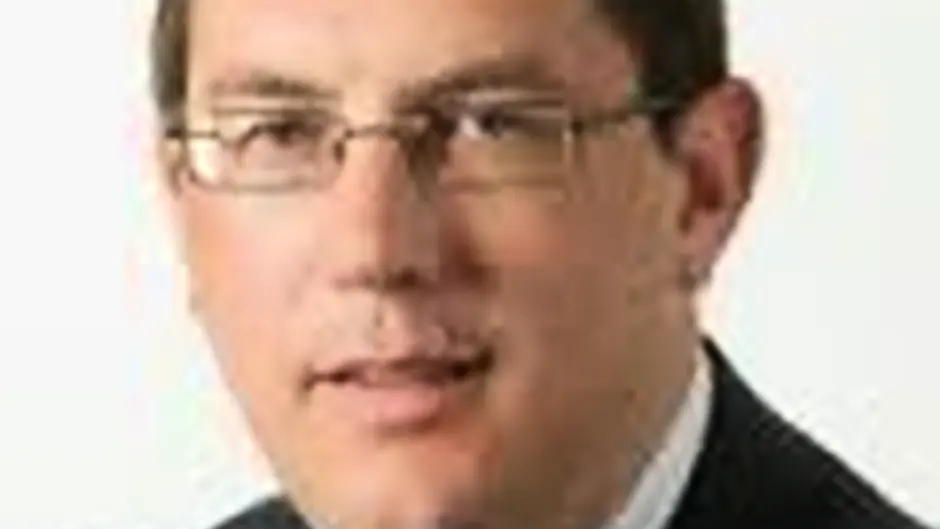‘Independence is not a panacea for a guaranteed future,’ says Cork Chamber chief executive Conor Healy.
‘INDEPENDENCE is not a panacea for a guaranteed future,’ says Cork Chamber chief executive Conor Healy.
The business group chief, who has been lobbying Cork Airport on a number of fronts, welcomed the news that there would be no change in ownership at the airport until at least 2019.
‘That allows the airport to grow and develop for a few years, and put itself in a financial position where independence can at least be considered.’
He was responding to the publication of the National Aviation Policy, which said there would be no change in the running of the airport – which is currently under the management of the Dublin Airport Authority – for at least another four years.
In the meantime, said Healy, it’s important for the airport to have the full support of the DAA and all the local stakeholders. A lot of progress has been made in the last year on the issue of the airport’s large debts, as a result of the construction of the new terminal, he said.
The Chamber has had ‘continuous engagement’ with both the airport and the DAA on the issue, but the debt burden has no ‘day-to-day’ impact on the running of the airport, he said, as it was being carried by the DAA, and not Cork Airport individually.
‘In the medium to long term, we will be looking to get that debt reduced, through a combination of support from the DAA and the government, and improved financial fortunes at the airport, so that it can also contribute to a reduction of that debt,’ he said.
The prospect of the airport being sold to private interests could also be considered after 2019, he agreed. It is a model that has worked in a number of other European airports, including some in the UK, he noted.
‘But we will have to be careful to get the right decisions, for the right reasons,’ he said, adding that the airport must, at all times, be able to deliver, for the public, the business community and tourism interests, ‘regarding of ownership structures or governance.’
‘While there have been losses of routes, the airport is still the second biggest in the country after Dublin, and every opportunity must be taken by both the business community and the general public to support it,’ he said.
‘It’s an intrinsic part of the community and the only source we have of marketing routes and growing them is by having seats filled, and that is the big challenge.’
Since Ryanair moved a number of routes to Shannon, the airport has been tasked with winning back the business in other ways.
Routes have been added this year by Aer Lingus to Germany, Flybe to Cardiff and CityJet to London. ‘This is important in the context of increasing competition,’ said Mr Healy, pointing out that the CityJet service allows link-ups with many more destinations, giving Cork increased connectivity as a result.
Balancing the inward and outward traffic is another challenge, he says. There has been good growth in outbound journeys, but Failte Ireland and Tourism Ireland now need to tap into the tourism potential in Cork, to attract more inward journeys.
There has been much criticism of the lack of flights between the two biggest cities in the country, since the last Dublin-Cork flight was axed by Ryanair in 2011.
Healy points out that the reduced travel time by road has had a huge impact on demand. And if the argument is for connectivity from Dublin, then the Cork to London routes serve that purpose for many people. A suggested return of the route by last April, which was announced in September 2014, never materialised.
But Healy says the Chamber hasn’t yet given up hope of seeing the flights reinstated at some time in the future.
‘We are working with various airlines to see how that can be delivered,’ he said. And securing a transatlantic route may not be out of the question, either, although Cork’s links with UK airports mean that the US is relatively accessible via the London routes.
The lack of a customs pre-clearance facility in Cork – which would be highly unlikely to be achieved – would also deter a lot of passengers from using Cork to fly to the US, he suggested. ‘But the possibilty of a transtlantic route is still on the table.’
‘But we need engagement, by everybody, and we must not forget that while we depend on it, it also depends on us. With a combination of government support, the DAA, and everybody here working together, I’m confident that we will see signs of a turnaround in the years to come.’








